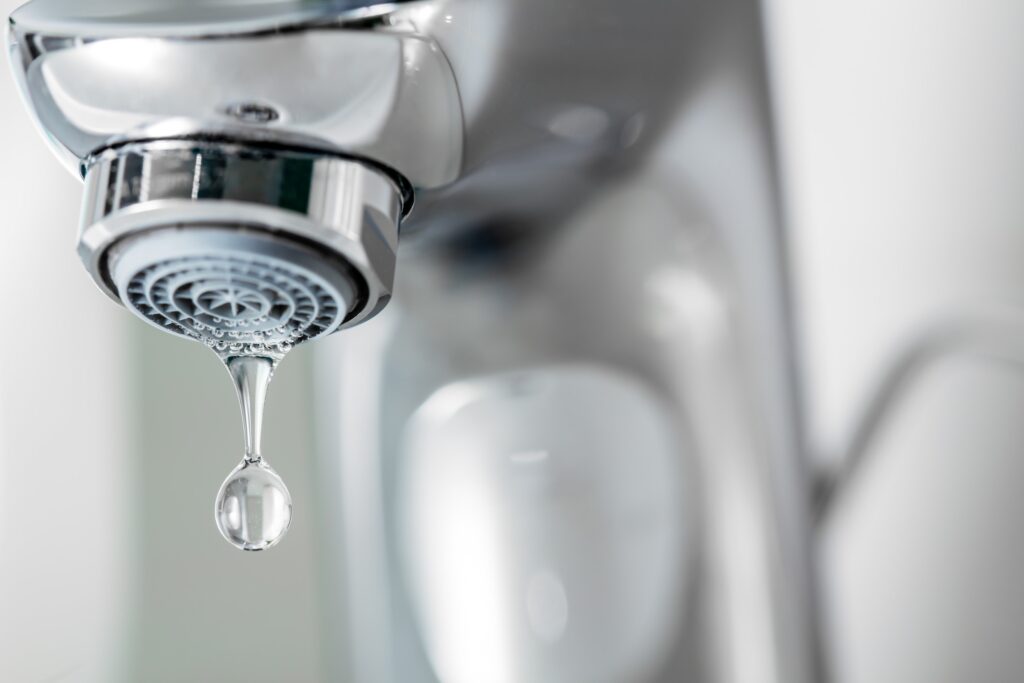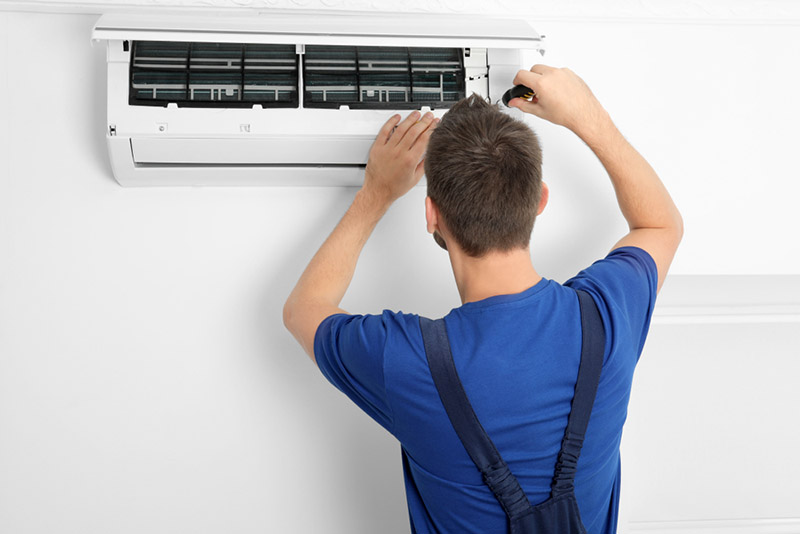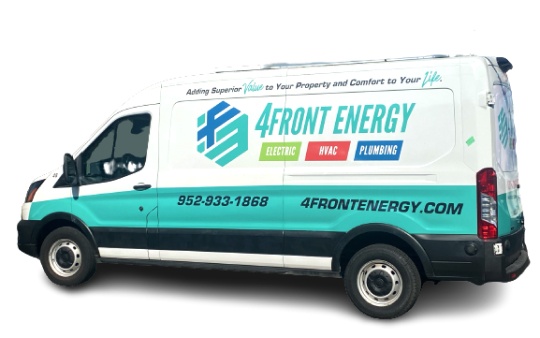Living in Minnesota means dealing with winter weather in more ways than one. Some days, winter can be fun with skiing, ice skating, and delicious hot chocolate. Other days, we’re left wondering why we ever chose to live here.
Something that comes with the territory for homeowners in areas with cold winters is tending to their pipes to protect them from bursting. Trust us, burst pipes are one of the most expensive and stressful situations you could ever deal with as a homeowner, so you want to learn how to keep pipes from freezing before you’re left in a sticky situation. Let’s take a look at:
-
How pipes burst in the first place
-
How to prevent frozen pipes
-
What to do if you find frozen pipes
-
How to thaw frozen pipes
-
Additional winterizing tips
How Do Pipes Burst?
Frozen pipes directly correlate with bursting pipes. This is because when water freezes, it expands in volume by 9 to 10 percent. Not to mention, it expands with tremendous force. The pressure inside the pipes can increase from 40 lbs per square inch to 40,000 lbs per square inch when the water freezes! 🤯
Since the pipes can’t handle that intense amount of added pressure, they break open. The burst usually occurs where the water pressure finds a weak spot in the pipe, so the crack may be quite a distance away from the frozen area.
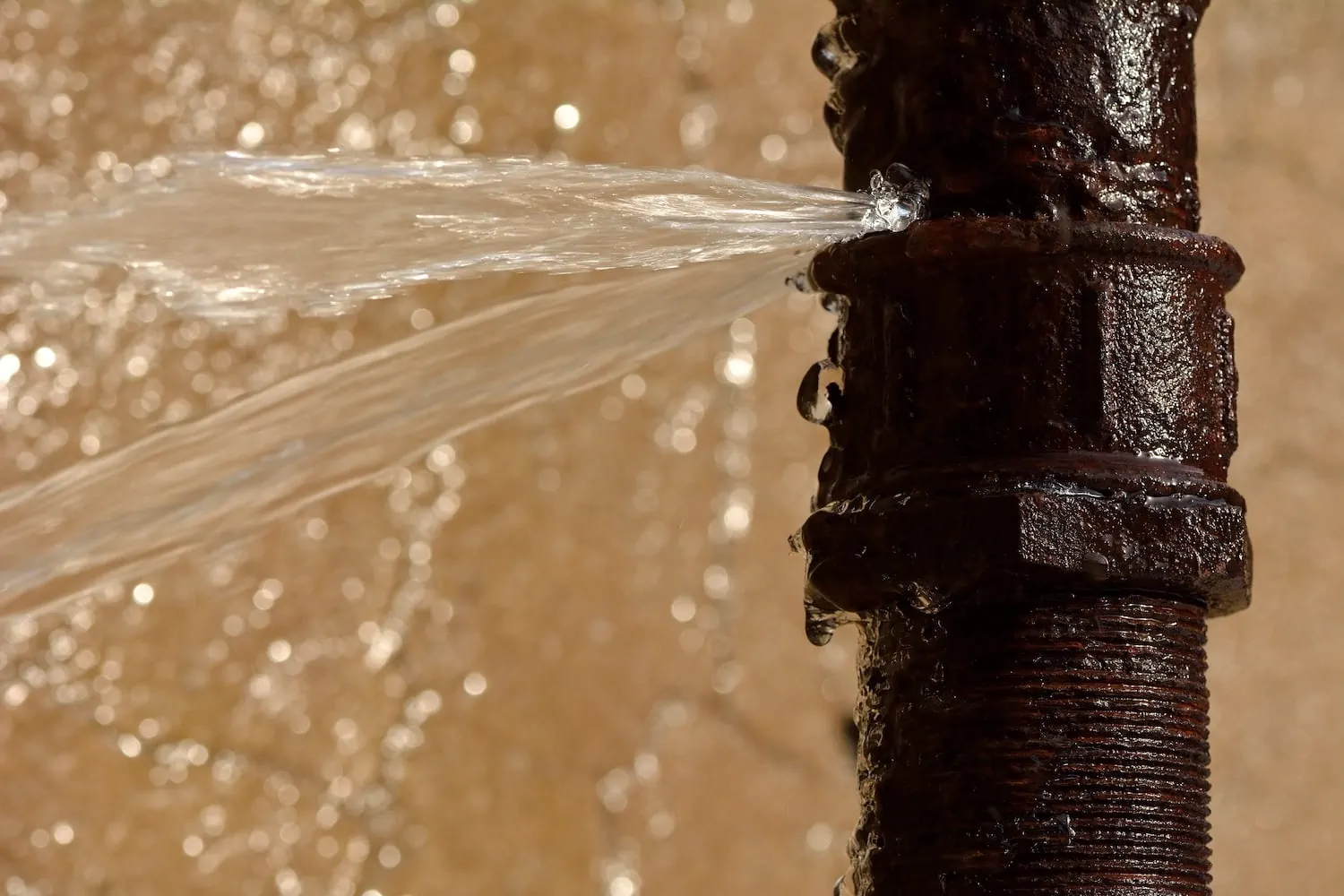
If a pipe bursts in your home, water will quickly flow into your space, leading to:
-
Flooding
-
Damage to floors, ceilings, and walls
-
Damage to wiring and other structural components
-
Mold growth
Yikes, talk about an expensive and stressful situation! The best way to prevent pipes from freezing and bursting involves a process called “winterizing.”
How to Prevent Frozen Pipes
Winterizing your home involves protecting various components like the furnace, roof, and especially the pipes. Follow these tips to prevent your pipes from freezing in the first place:
-
Insulate Pipes: Installing pipe insulation in your attic and crawl spaces is wise in all climates. Exposed pipes are most vulnerable to freezing, so be sure to add insulation to those areas. The more insulation you use, the more protected the pipes will be.
-
Seal Leaks: Any leaks that let cold air inside your home need to be located and sealed. Use caulk or insulation to keep the cold air out. Air leaks can commonly appear around electrical wiring, dryer vents, and pipes.
-
Use Heat Tape or Cables: Heat tape or heat cables can get wrapped around pipes to keep them from getting too cold. Be sure to follow all manufacturer’s instructions and only use products approved by an independent testing organization.
-
Let Water Drip: Allowing water to drip from your faucets prevents pressure from building up inside pipes and creates a constant flow of water through the pipes. Both of these situations make freezing much less likely.
-
Secure Outdoor Hoses & Faucets: Before winter approaches, disconnect garden hoses and shut off the water supply from indoor pipes leading to outdoor faucets, if possible. Be sure to drain the water from the outdoor faucets after shutting off the water supply.
-
Open Cabinet Doors: Keeping your cabinet doors cracked open allows heat to reach uninsulated pipes under your sinks and on appliances near exterior walls.
-
Adjust Your Thermostat: It’s the habit of many financially-savvy homeowners to turn down the thermostat while they sleep or when they leave the house. However, keeping your thermostat set to the same temperature all day during the winter reduces the risk of frozen pipes. It also helps alleviate strain on your furnace! Always keep your thermostat at 55 degrees or above in the winter, even if you’re away from the house.
-
Keep the Garage Door Closed: Keeping your garage closed helps prevent drafty cold air from reaching your house. This is especially beneficial if you have water supply pipes in the garage.
-
Follow the Buddy System: Talk to a trusted neighbor or friend and have them periodically check on your home if you plan to be away for a period of time in winter. This way, they can alert you if anything goes wrong. Offer to do the same for them.
What to Do If You Discover Frozen Pipes
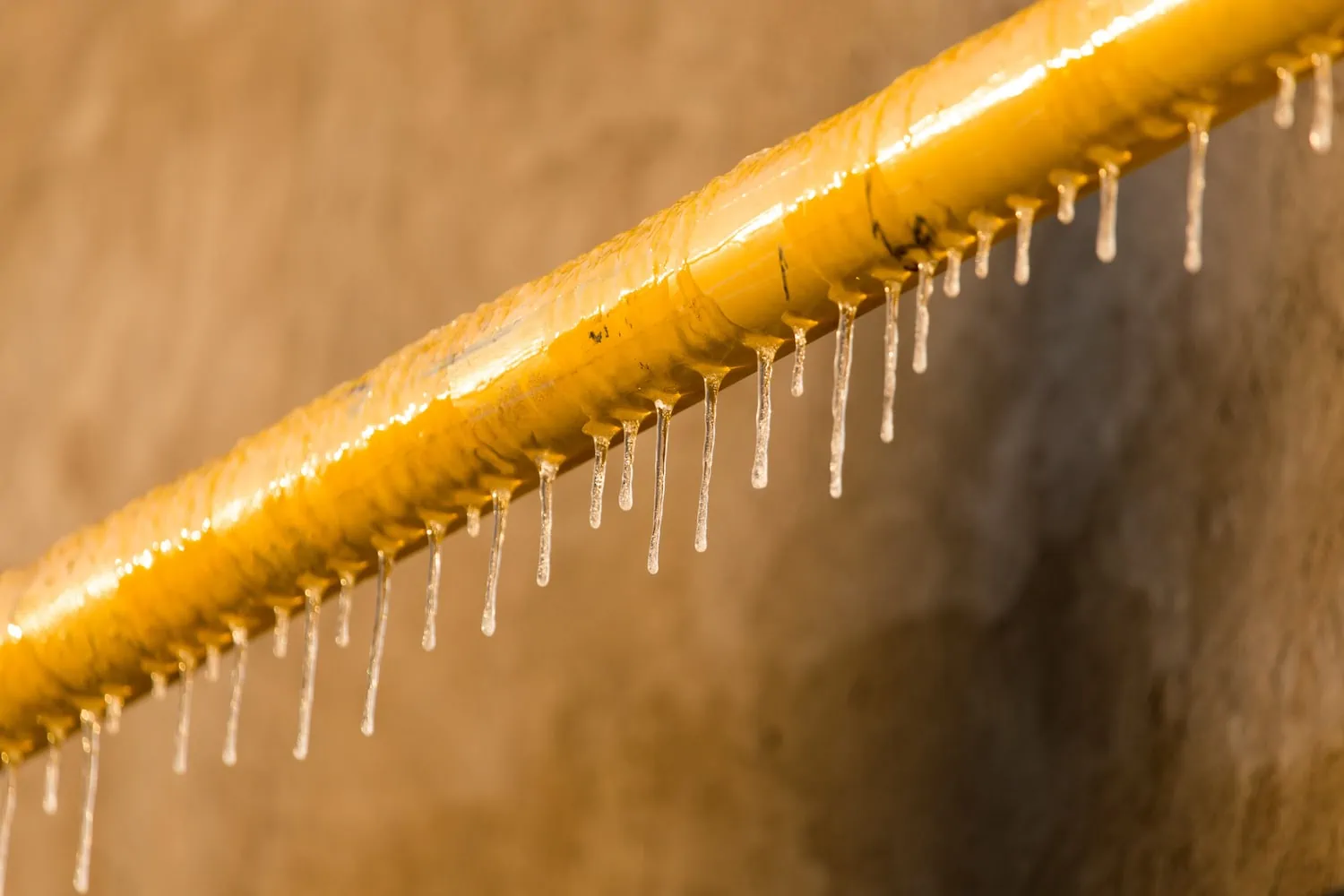
It’s important to stay vigilant during winter and frequently check on the status of your pipes. Missing or ignoring a frozen pipe could result in very costly issues shortly down the line.
If you notice frozen pipes, turn on your faucets. If you only have a small trickle of water when the faucet is turned on high, you’re likely dealing with a frozen pipe. Inspect the water supply lines and note any extra-cold areas. Look for any line breaks.
If you see any broken or cracked pipes, or even if you just see a lot of frost on your pipes and you’re worried about bursting, turn off the main water supply to your house.
Then, reach out to a trusted local plumber immediately. They will come to your home to perform an inspection and schedule any needed service to keep your pipes in working order. Since burst pipes are such a serious issue, it’s vital to work with a professional in this situation.
How to Thaw Frozen Pipes
In the meantime, while you wait for your plumber to come check out the situation, you can employ some methods to help thaw frozen pipes to keep the situation from worsening. You need to act fast, but it’s more important to act carefully and safely.
First, turn on the faucet for the affected pipe. The flowing water will help the ice melt and hopefully prevent the pipe from completely freezing and expanding.
You can also surround an exposed pipe with a heat source in one of many ways:
-
Wrap the pipe in a heating pad and turn the temperature dial all the way up.
-
Use a blow dryer to blow hot air at the pipe. Keep the air moving around the pipe in 12 to 16-inch sections at a time.
-
Lay towels dampened with hot water around the pipe. Change the wraps frequently when they lose heat.
-
Place a space heater in the area to circulate warm air around the pipe. Move the heater closer to different sections of the pipe until it is thawed.
For enclosed pipes that are harder to reach, try:
-
Turn up the thermostat to a higher temperature. The additional heat can help thaw pipes located inside walls.
-
In desperate situations, cut out a section of the wall to access the pipe and use any of the techniques above for exposed pipes. However, only do this if a professional plumber can’t come to your home quickly and if you feel the pipes are on the edge of bursting.
Safety always comes first with these techniques. Never use an open flame to thaw a pipe, as you will be creating a fire hazard and potentially causing more serious damage to the pipes.
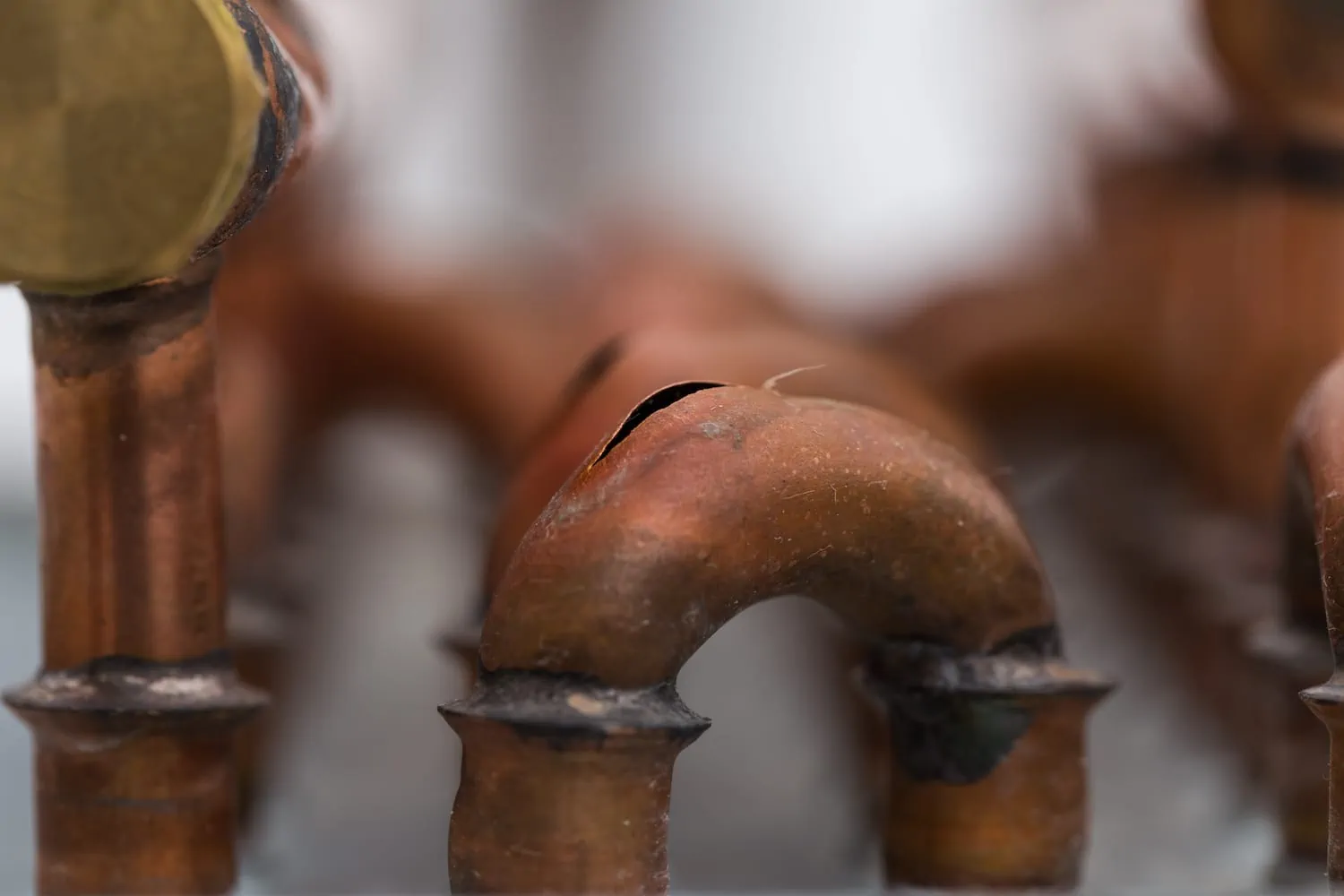
Other Winterizing Tips for a Safe and Comfortable Home
There are other ways to winterize your home that don’t only involve tending to your pipes. Try these tips for a cozy, safe winter:
-
Have your furnace inspected before winter approaches.
-
Change out the HVAC filters each month.
-
Use window sheet kits to help halt cold air drafts.
-
Apply weather stripping to doors and caulk to window gaps.
-
Clean out the gutters and install gutter guards.
-
Test your smoke and carbon monoxide detectors.
-
Schedule a fireplace inspection if you have one.
-
Keep your sidewalks and driveway free from show buildup.
Rely on a Trusted Plumber for Frozen Pipes
Following these tips for how to keep pipes from freezing should leave you in a good spot during the winter months. However, it’s always a good idea to schedule an inspection with an experienced plumber before winter gets in full swing.
Additionally, if you’re dealing with frozen pipes, call a professional plumber right away to get the situation resolved. 4Front Energy is the most trusted plumber in the Twin Cities area, and we have decades of experience working with exposed and enclosed pipes alike.
Contact us today to get in touch about scheduling service!

